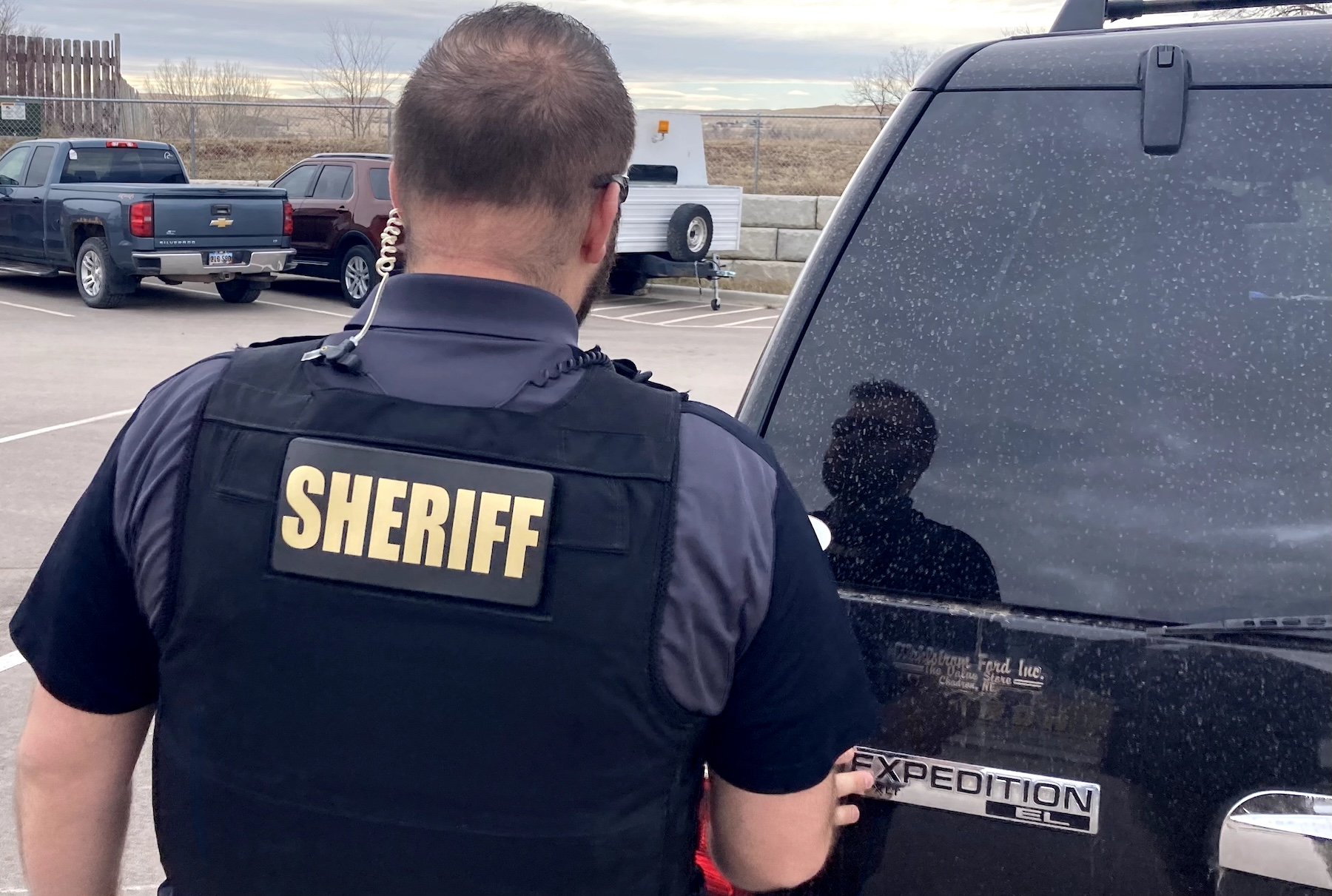
badge
As a former SWAT member and team commander I’ve watched with great interest the growth in sophistication of SWAT tactics over the years. I’ve also observed with interest the necessary and appropriate use of technology designed to enhance the safety of all, including citizens, during high-risk incidents. As my recent columns will attest, I’m not unaware of the perception a growing number of citizens have that law enforcement is becoming too militarized.
They’re concerned civilian law enforcement is becoming an adversary rather than those who protect and serve. The issue we face is one of balancing the legitimate need for the maximum level of protection possible while reassuring law-abiding citizens the tools we use are for their benefit.
Perhaps no aspect of SWAT has caused more concern for the public than our use of armored vehicles. While vehicles such as the Lenco BEAR and BearCat have been in place in many jurisdictions for years, the recent availability of surplus military vehicles, like the MRAP (Mine Resistant Ambush Protection), has proven to be another ball game entirely. Excess property programs have enabled many jurisdictions too small to qualify for urban initiative grants to obtain needed protective vehicles. Commercially manufactured SWAT vehicles are intimidating enough to naïve citizens; MRAPs takes the intimidation factor up a few notches considering the images of their use on the battlefields in Iraq and Afghanistan. Whose responsibility is it to sell the need for and desirability of such vehicles to the general public? And of equal importance, how do we do it?
Understanding Perceptions
An agency with which I am familiar recently acquired an MRAP in near perfect condition through the Excess Property Program. It had been painted flat black, outfitted with equipment needed to support a regional SWAT team and marked to reflect its law enforcement ownership. Prominent among the markings, and consistent with what many agencies have incorporated into their vehicle labeling, was the word “RESCUE.”
This prompted a rather critical and cynical outburst from some in the community whose level of suspicion that their local law enforcement was part of a DHS-FEMA “plot” was exacerbated by the arrival of this vehicle. The negative impression some people had as a result of this vehicle’s appearance became a widely discussed and politicized issue. It needed to be countered before public sentiment caused local politicians to deny the funding needed to keep this valuable asset in operation.
This MRAP was intended from the outset to serve multiple counties and several municipalities in a region of nearly 10,000 square miles. Convincing the public of the need for this asset and offsetting public fears and misconceptions would only be accomplished if the sheriffs and police chiefs whose agencies would benefit from the vehicle spoke to the issue in unison and with well-reasoned arguments. Those arguments needed to address concerns of the laymen — to simply rely on the tactical advantages such a vehicle provides to SWAT operators wouldn’t be convincing.
The law enforcement leaders in the region took the responsibility of “selling the product” by speaking as one to their constituents within their local communities. Next, they had to figure out how to sell it, and that required some thought and research.
Do Your Homework
While many of us in law enforcement think of such vehicles as: Providing protection to our personnel going into a hot zone, facilitating entry into a fortified structure and insertion of robots and/or chemical agents into a structure, they’re not selling points to use on a skeptical public and in particular, politicians. What does sell is showing its use is a direct benefit to citizens. In the case of the entity I’m using as an example, they discovered a rather surprising number of recent incidents across the country in which armored vehicles were used to rescue injured and downed citizens and, even more frequently, evacuate citizens from structures adjacent to a shooter’s location when there was absolutely no other safe way to accomplish such evacuations. These proved to be excellent selling points, particularly since in the incidents occurring in major metropolitan areas, television news crews captured the use of armored vehicles to evacuate innocents on video. Watching the videos proved very convincing even to the greatest of skeptics.
Because of a perception on the part of at least some of the public that specialized law enforcement units such as SWAT are being trained for public suppression if martial law is declared, we need to be sensitive to their concerns. More importantly, we need to explain our tactics and equipment — particularly those perceived as intimidating — from the perspective of how it serves them rather than oppresses them.
By Jerry Boyd














